Our History
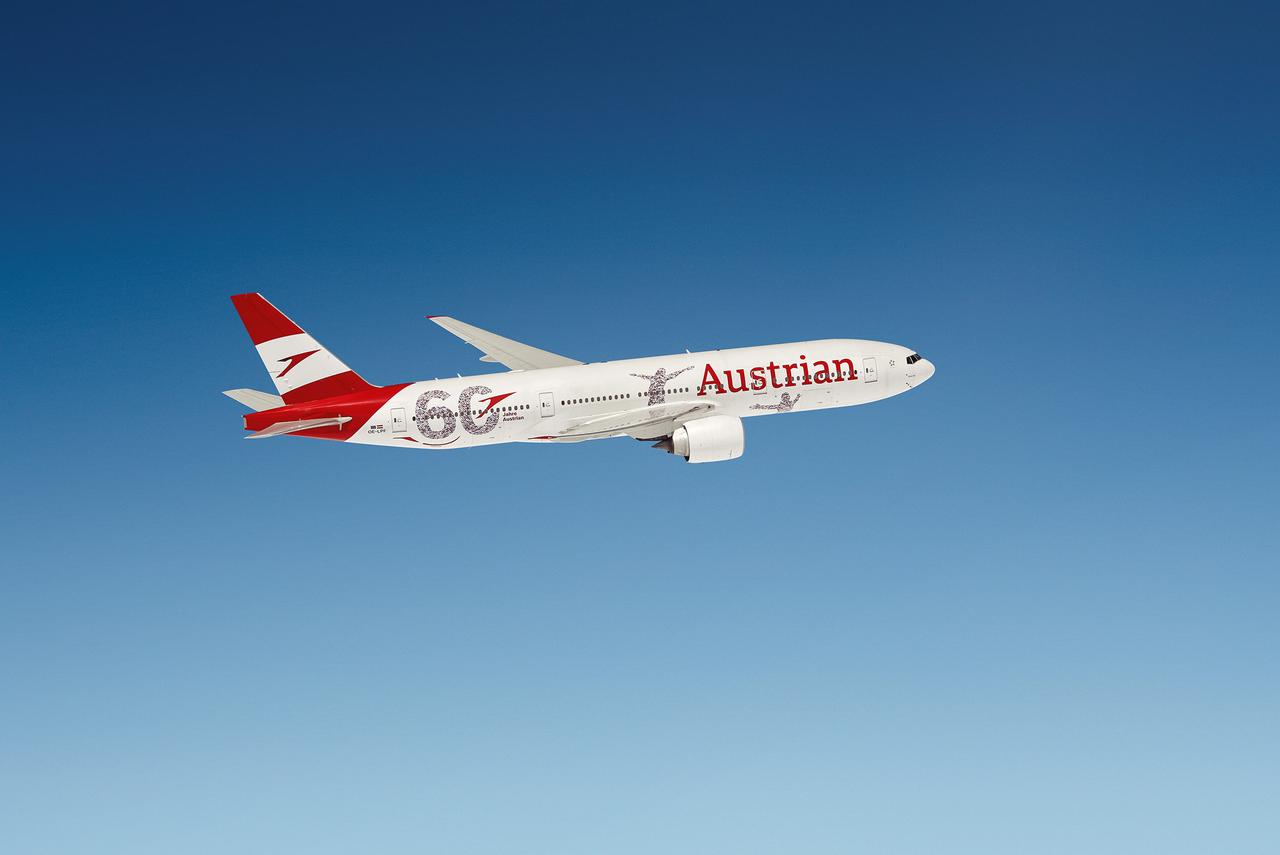
The beginnings of Austrian Aviation
The first regular international flight in the world took place in Austria. On April 1, 1918, only 15 years after the historic flight of the Wright Brothers, mail was transported from Vienna/Aspern with stopovers in Krakow-Lemberg and Prosskurow Post by air to Kiev. Although this connection existed for only seven months, it is a real milestone in Austrian aviation history.
On May 14, 1923 the first flight of ÖLAG (Österreichische Luftverkehrs AG) from Vienna to Munich was carried out. ÖLAG soon became the fourth largest airline in Europe. However, after the occupation of Austria in 1938, ÖLAG had to stop their operations.
After 1955, the regaining of air sovereignty through the State Treaty made it possible to establish two state-owned airlines, “Air Austria” and “Austrian Airways”. Neither of the two airlines, however, created a genuine “take off”. Only the political unification of these two airlines in 1957 opened a new chapter in Austrian take-off aviation: the birth of Austrian Airlines or our “AUA”, as it is still affectionately called in Austria today.
60 Years Austrian Airlines – The anniversary video
50’s/60’s
Austrian Airlines AG was founded on September 30, 1957 with a share capital of ATS 60 million. The first scheduled flight from Vienna to London took place on March 31, 1958. The red-white-red fleet then consisted of four chartered Vickers Viscounts 779. In 1960 the first six Vickers Viscounts 837s were flown in and the chartered aircraft were returned, three years later the first jet, a Caravelle VI-R, was put into service and in 1969 the first long-haul flight was operated to New York.
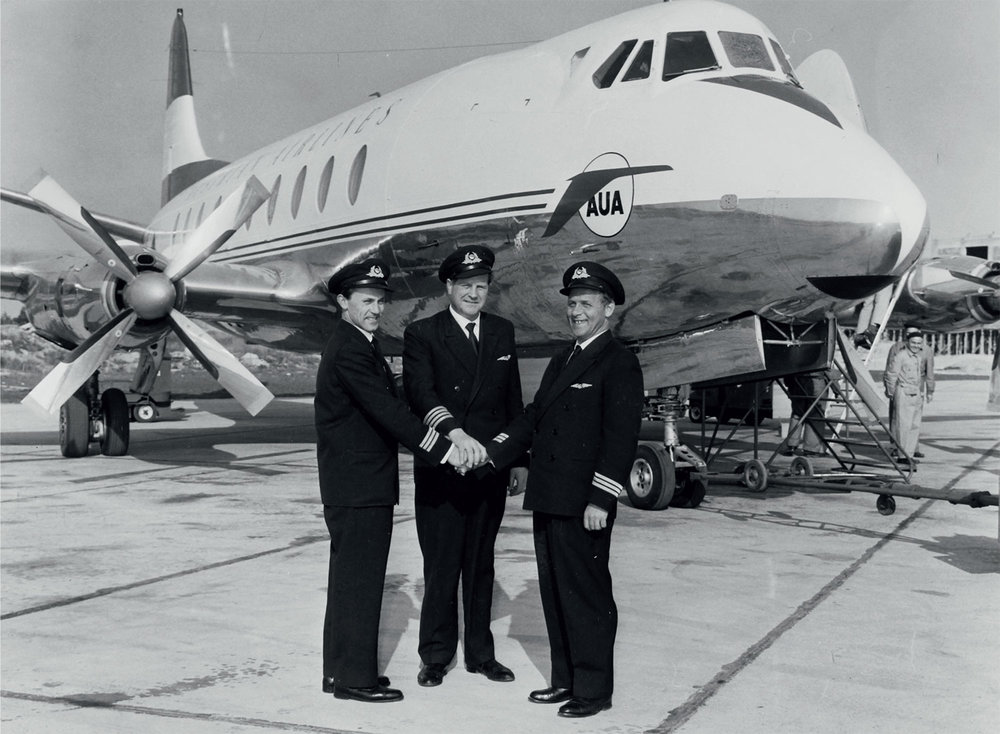
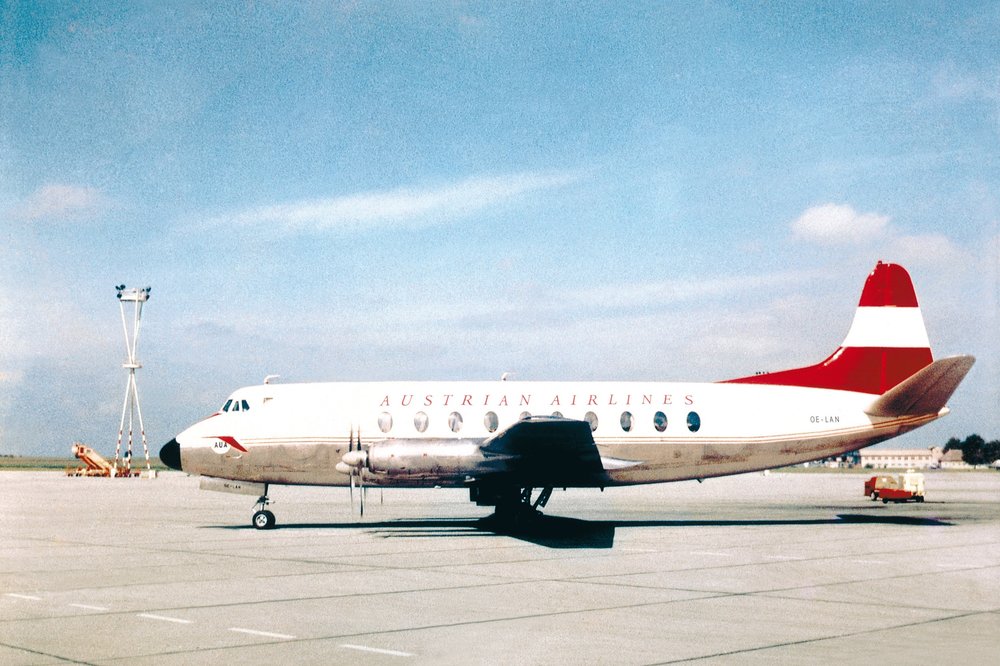
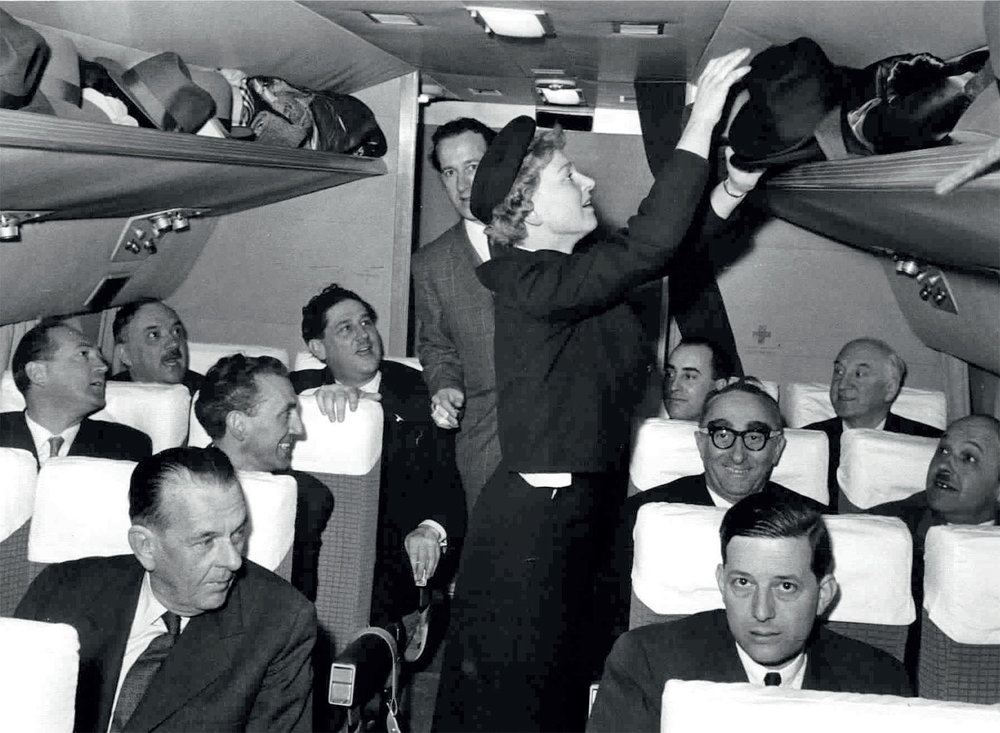
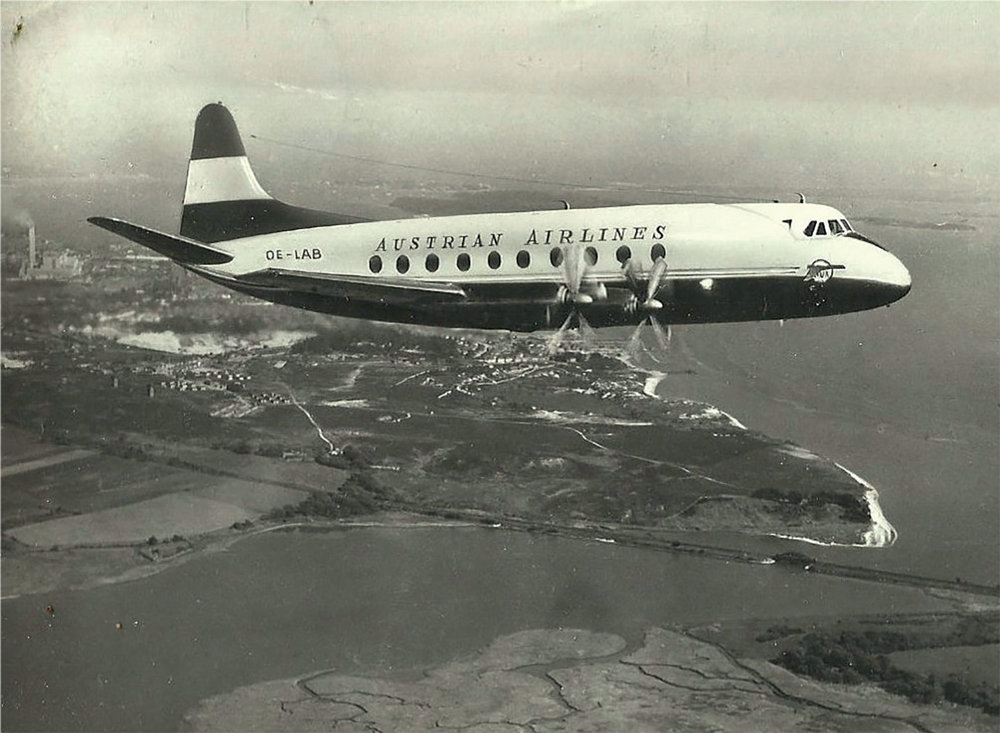

70’s/80’s
The last Vickers Viscount 837 was taken out of service in 1971 and the first of nine DC9 was delivered. Austrian Airlines now had a pure jet fleet. Three years later, in 1974, the Austrian Technical Shipyard was opened at Vienna Airport.
When Formula 1 world champion Niki Lauda applied for an airline licence from the Ministry of Transport in 1987, the AUA management tried to prevent this by all means in order to protect its monopoly. This led to the creation of mutual images of the enemy, which had a lasting effect on the employees of both companies, even many years after the takeover of Lauda by Austrian Airlines in 1997 and the merger of flight operations in 2004.
The company’s results and all key figures showed strong increases between 1970 and 1989. After many years of start-up losses, it was possible to generate profits for the first time in the 1970s. Against the background of this positive development and the dictates of empty state coffers, the SPÖ and ÖVP parties concluded a coalition agreement in 1987 to partially privatised Austrian Airlines. The Austrian Airlines share was listed on the Vienna Stock Exchange in 1988.
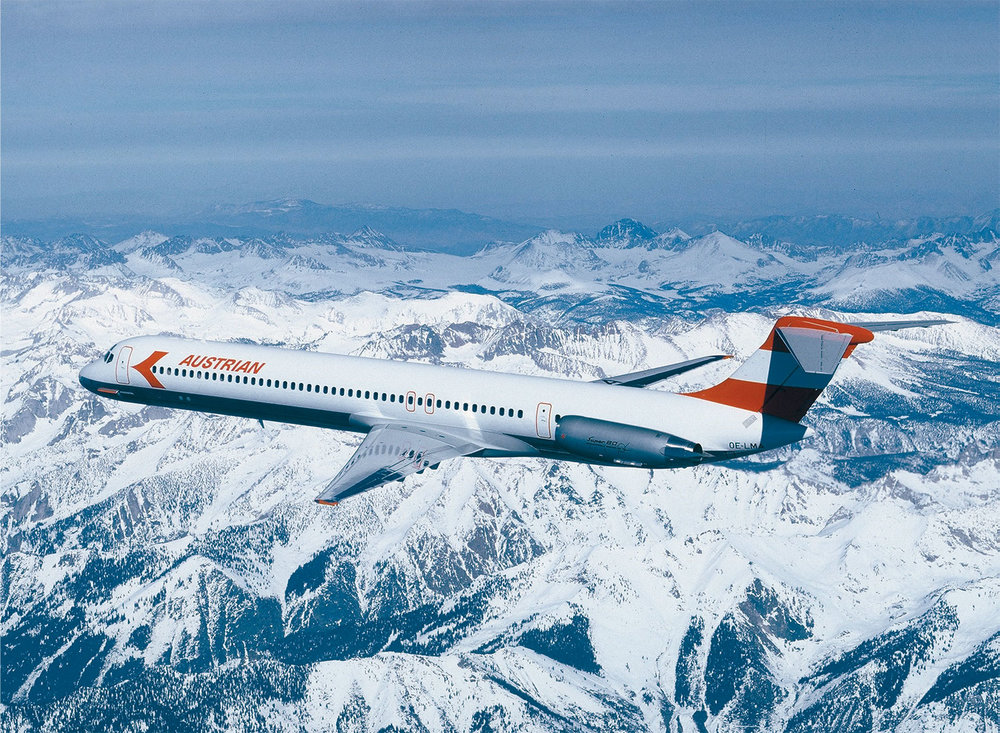
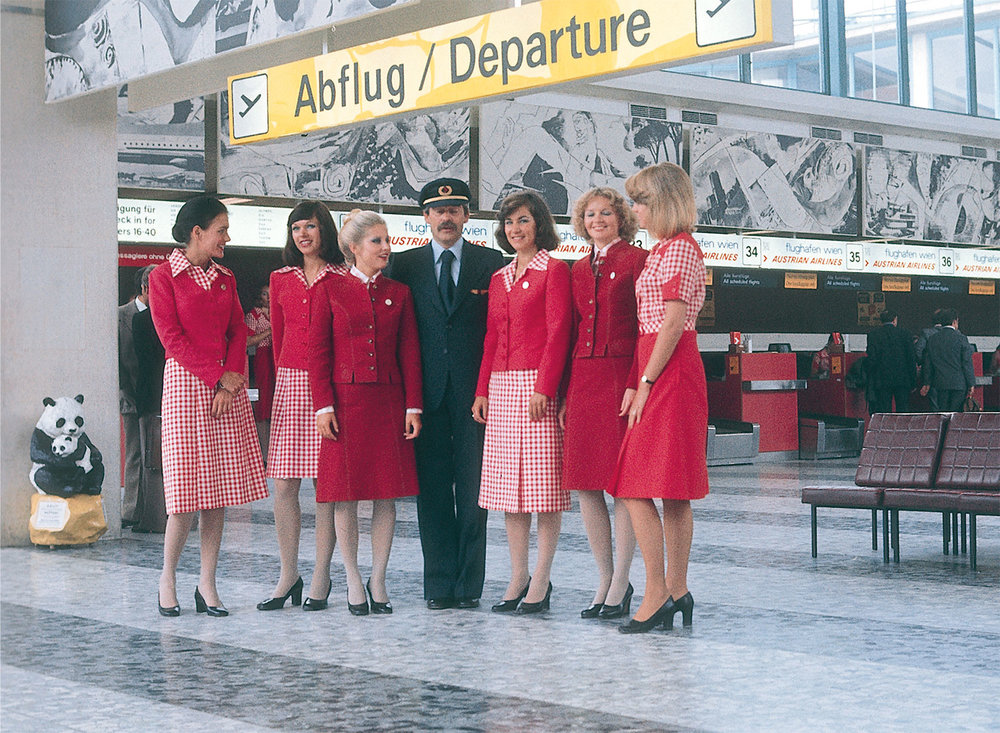
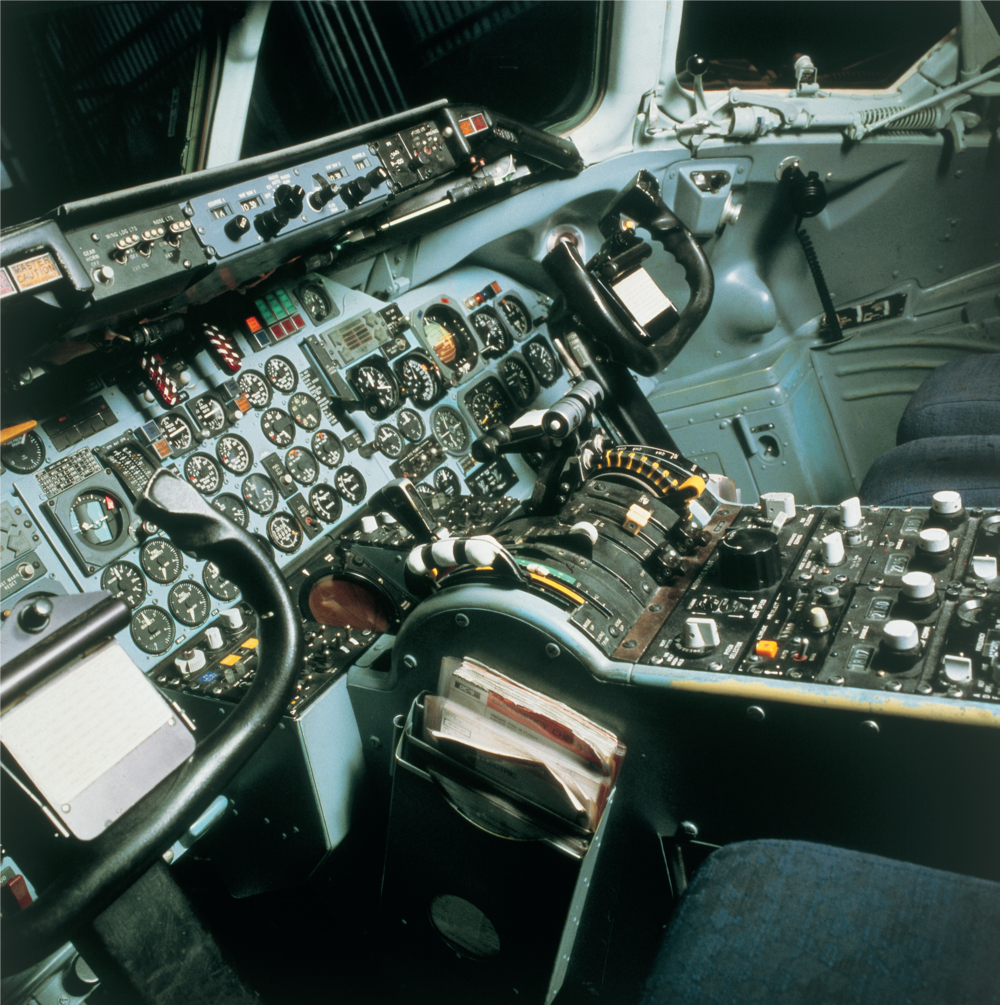
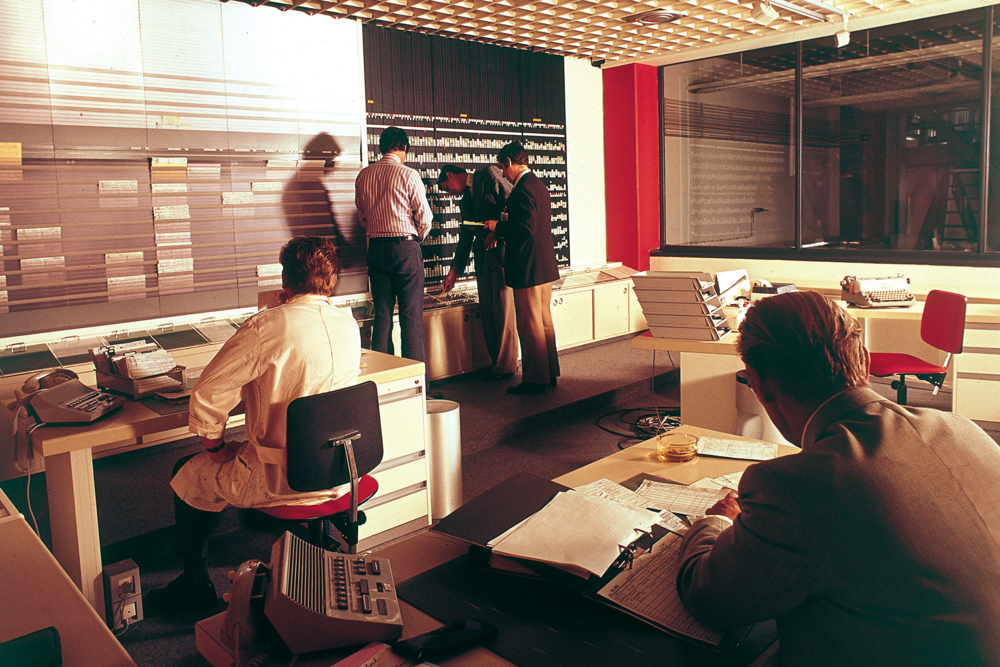
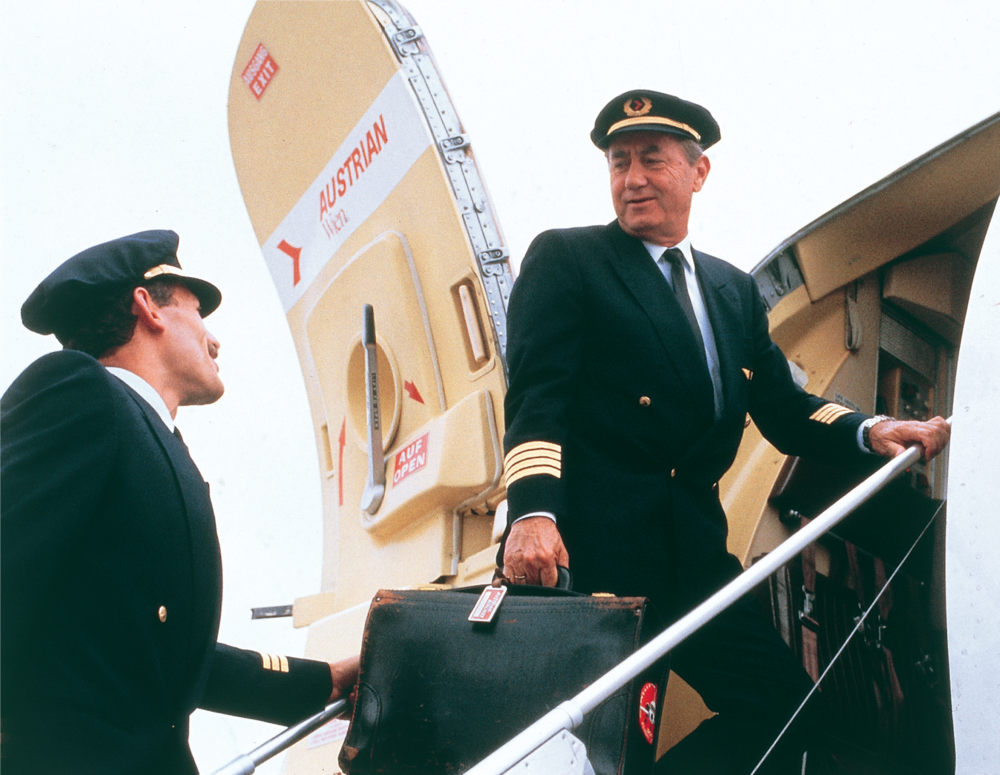
90’s
The nineties were the decade of cooperation for Austrian Airlines: Politicians were aware that consolidation was urgently needed on the small Austrian market and had therefore propagated the so-called “great Austrian aviation solution” – the merger of Austrian Airlines, Tyrolean Airways, Rheintalflug and Lauda Air. The merger of several national carriers to form an internationally relevant grouping failed and Austrian Airlines continued for the time being to pursue a “stand-alone strategy” in conjunction with a close cooperation with Swissair and the aviation alliance Qualiflyer Group.
In 1996, the uniform was introduced in a new corporate design, the famous “AUA Red”. Three years later, on April 20, 1999, flights were booked for the first time via the Internet.
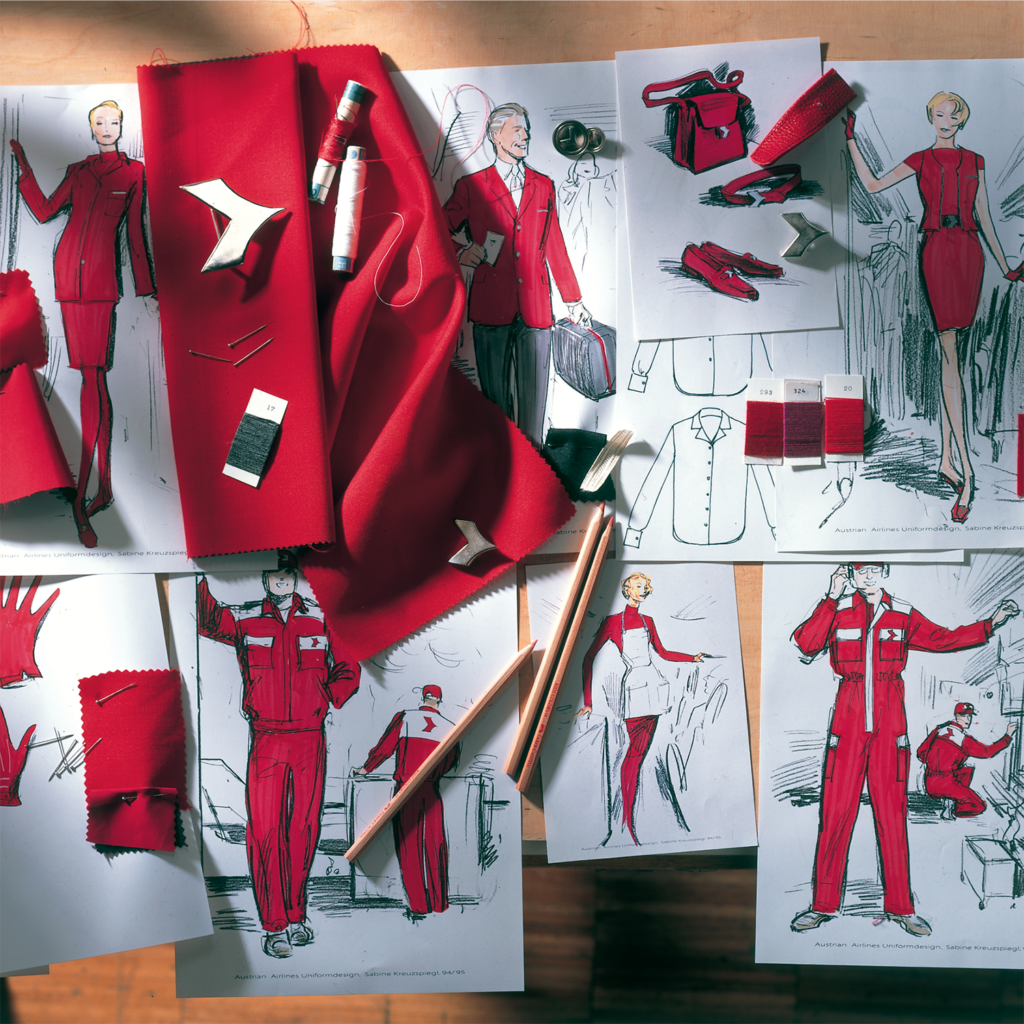
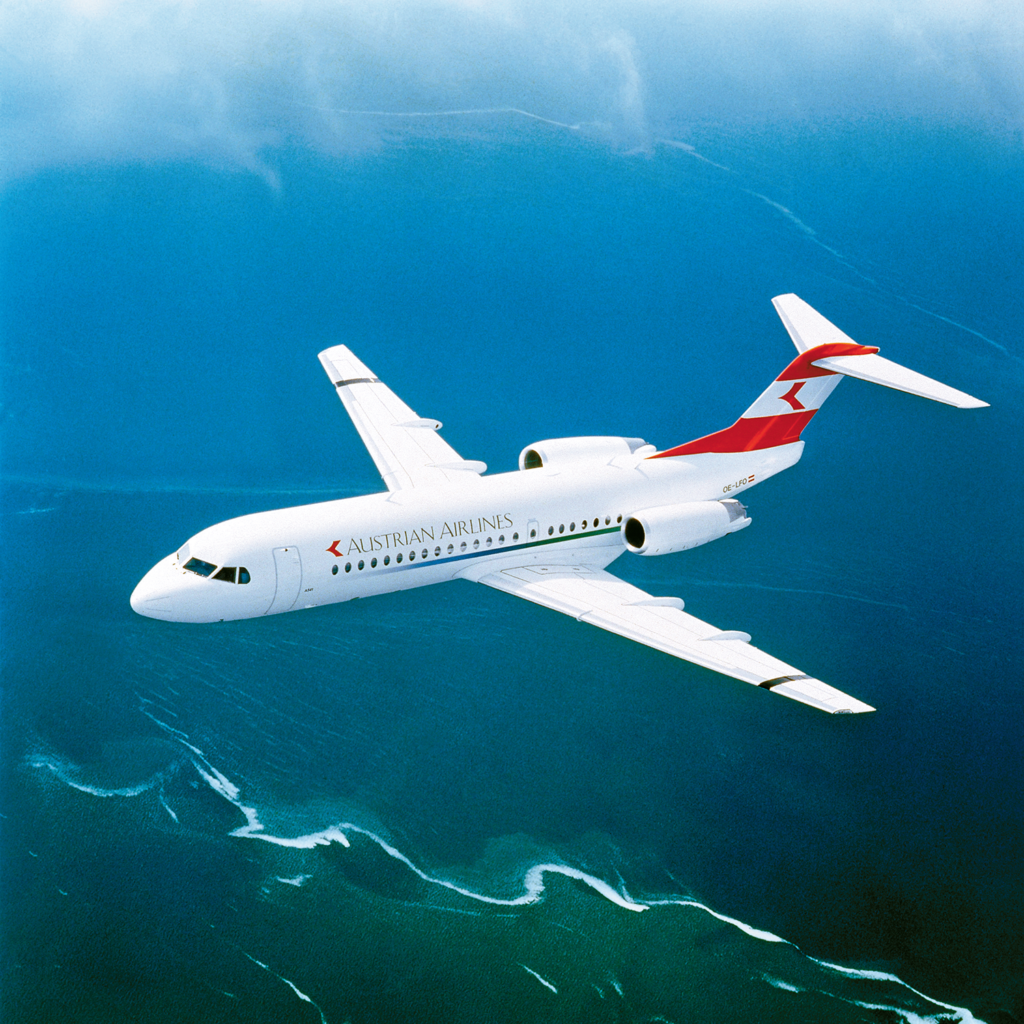
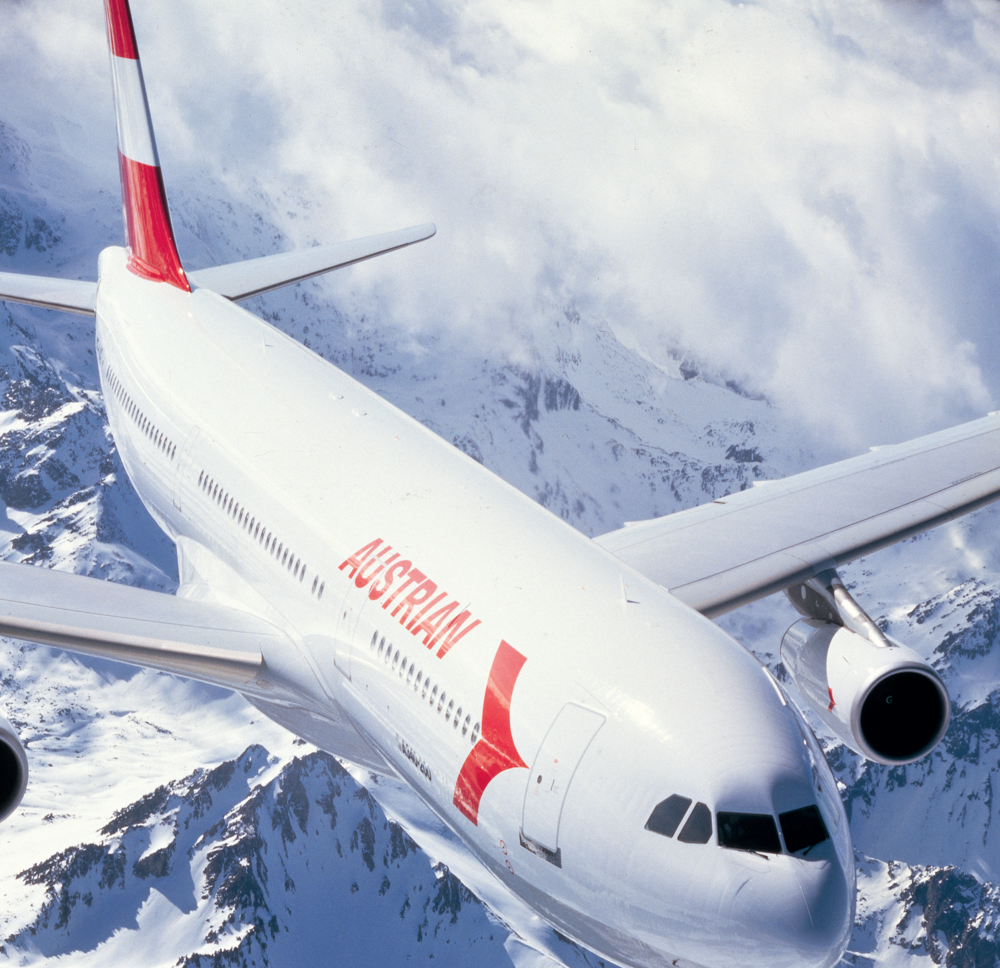
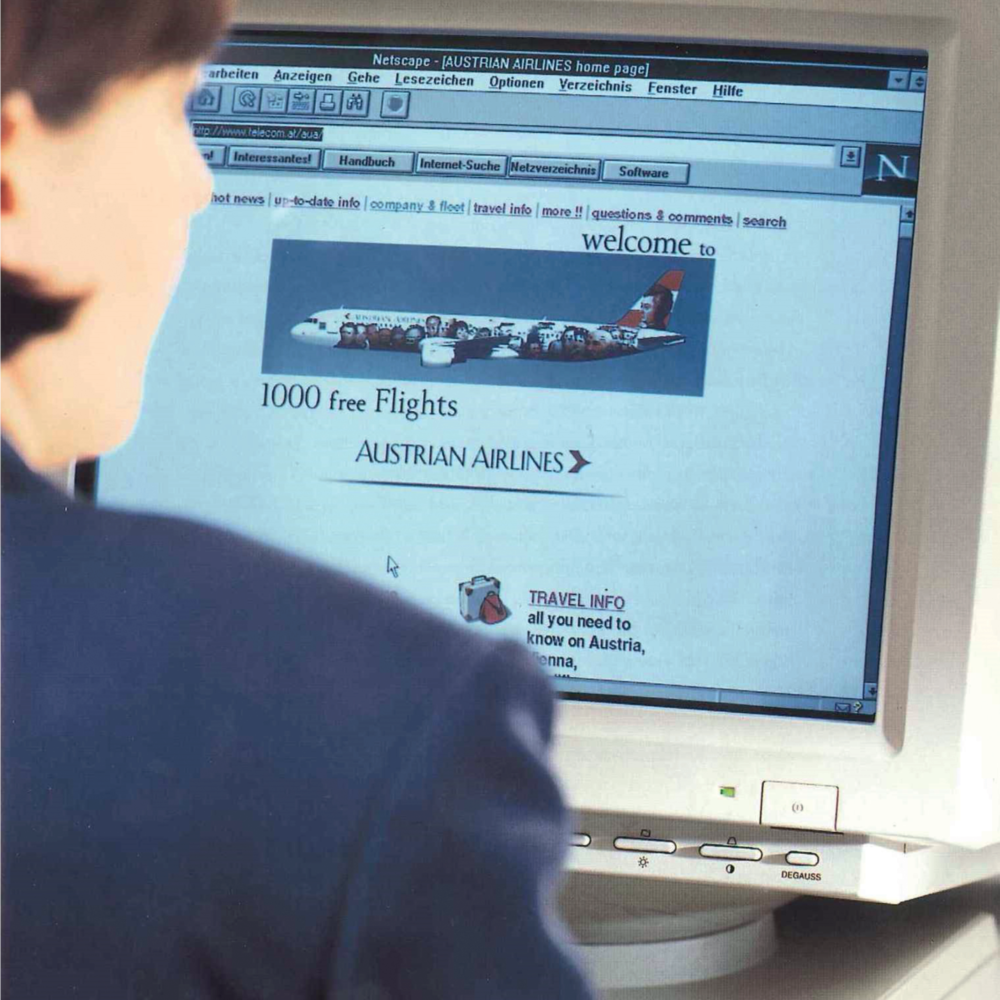
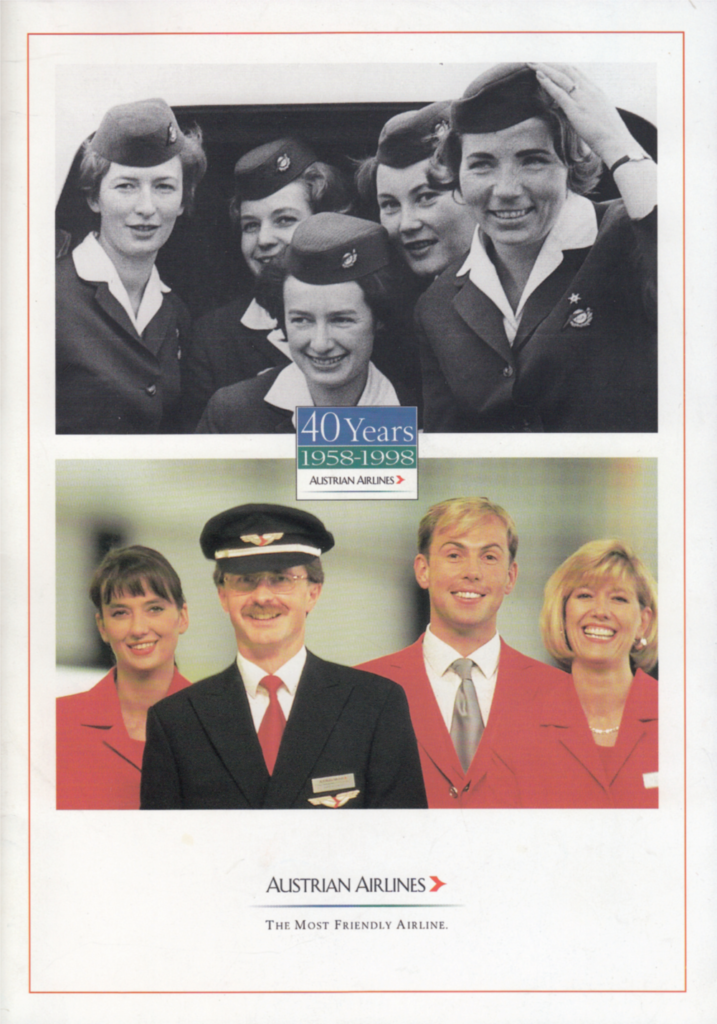
2000’s
The switch to Star Alliance brought many synergies in sales after the turn of the millennium. The large amount of debt that had to be paid off was halved between 2001 and 2007. However, rising kerosene prices as well as increasing competitive pressure from low-cost airlines and the resulting decline in yield further exacerbated the situation. As a result, liquidity bottlenecks were averted by the sale of the “family silver” in the form of properties, duty-free shops and the catering subsidiary Airest.
In 2001, Chief Executive Officer Vagn Soerensen and Chief Financial Officer Thomas Kleibl took over the management of the Austrian Airlines Group.
Two years later, the new brand identity, which brought Tyrolean Airways, under the regional brand “Austrian Arrows”, closer to the new brand for scheduled services “Austrian”, was introduced. The “Focus East” initiative was launched with the 2004 summer flight schedule. This made the Austrian Airlines Group the market leader in European transfer traffic between Eastern and Western Europe.
After 5 years, Vagn Soerensen was replaced as CEO by Alfred Ötsch in 2006. In the same year Austrian became the first European airline to fly to Erbil/Iraq and the first Boeing 777, OE-LPB, took off with the new Austrian Business Class.
The new head office at Vienna International Airport was completed in 2007 and 900 employees moved from the old head office in Oberlaa to the new one in October.
The year 2008 was a special one for Austrian as it celebrated its 50th anniversary, but the general conditions deteriorated again abruptly shortly after the anniversary due to the financial crisis. The Federal Government decided to initiate a privatisation process at short notice and to create the formal legal prerequisites for the privatisation of Austrian Airlines AG. However, there were positive developments for Austrian Business Class passengers on flights to Central Asia and the Middle East: Austrian Premium Service, which combines Austrian hospitality with oriental flair, was used on flights to Damascus, Astana, Tehran, Cairo, Dubai, Erbil and from the beginning of October to Riyadh and Jeddah.
In 2009, Lufthansa was finally awarded the contract for the purchase and, subject to conditions, also the approval for the takeover by the EU competition authorities. The contract was signed in Vienna on September 3, making the integration of Austrian into the Lufthansa Group official.

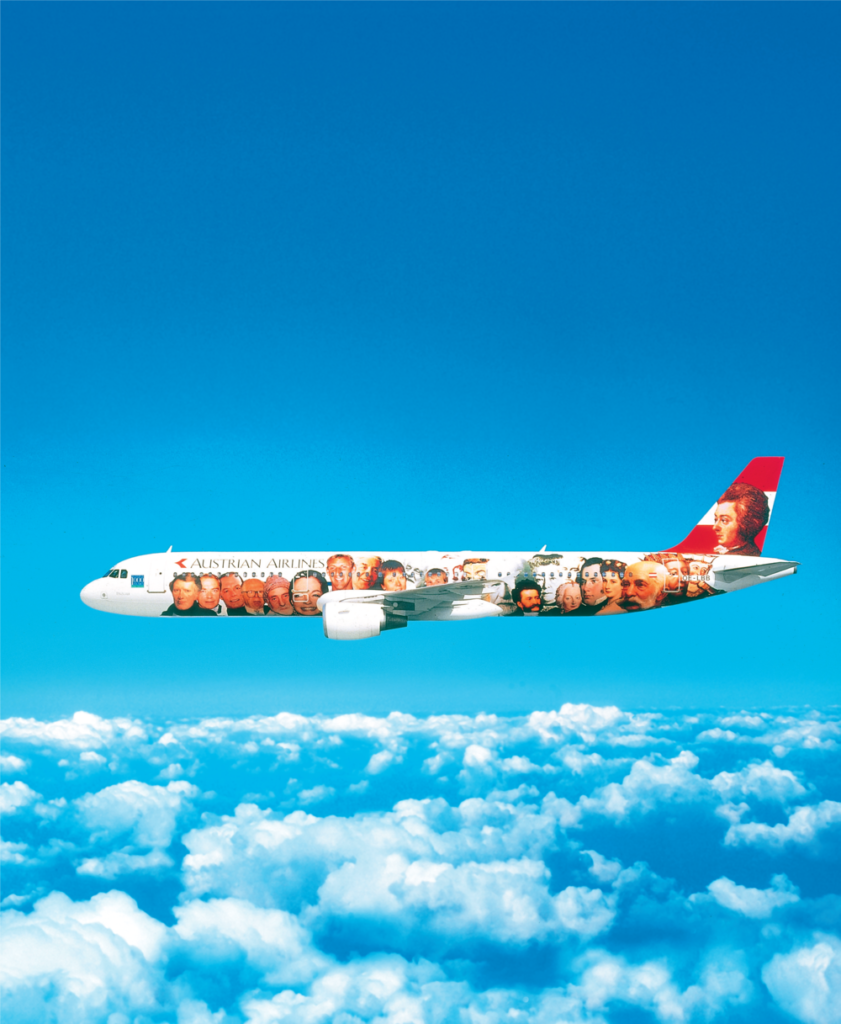
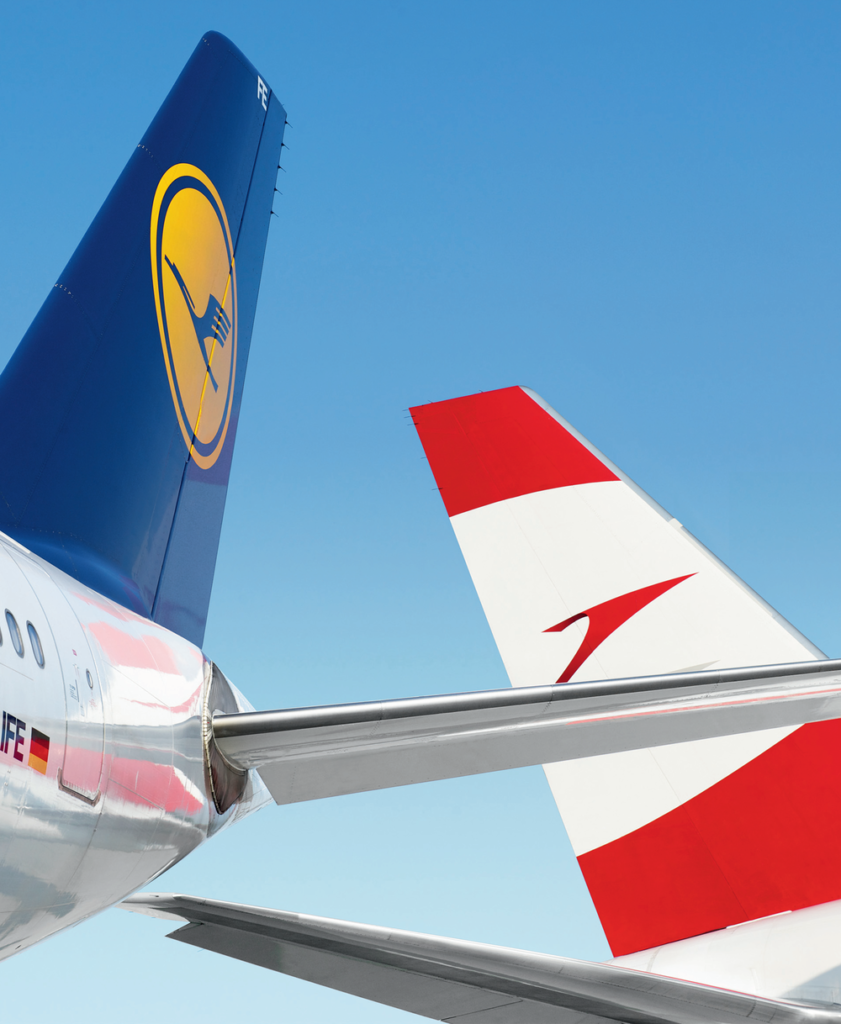
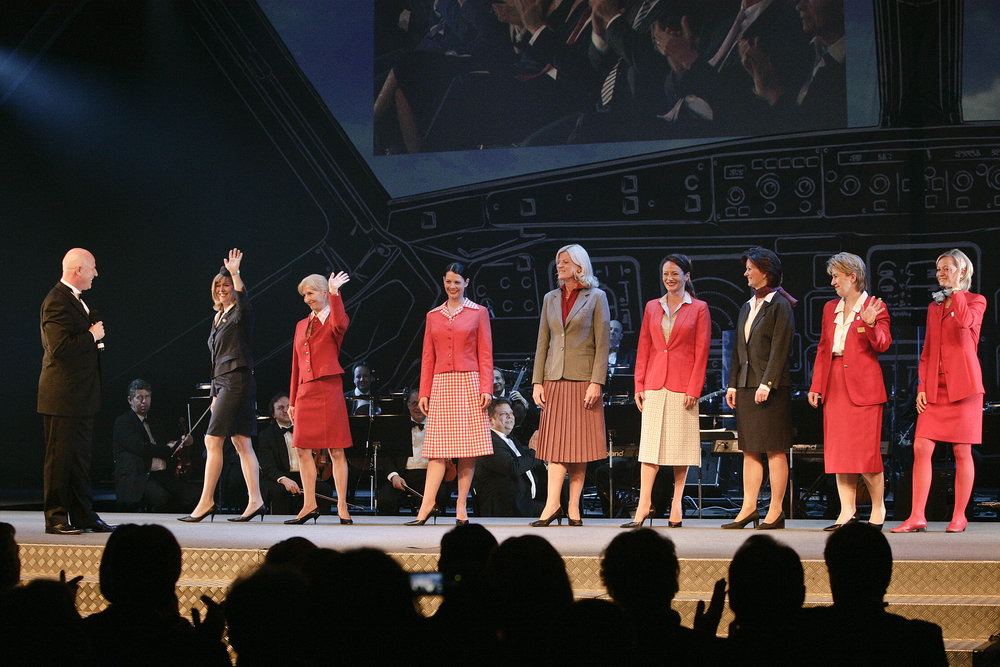
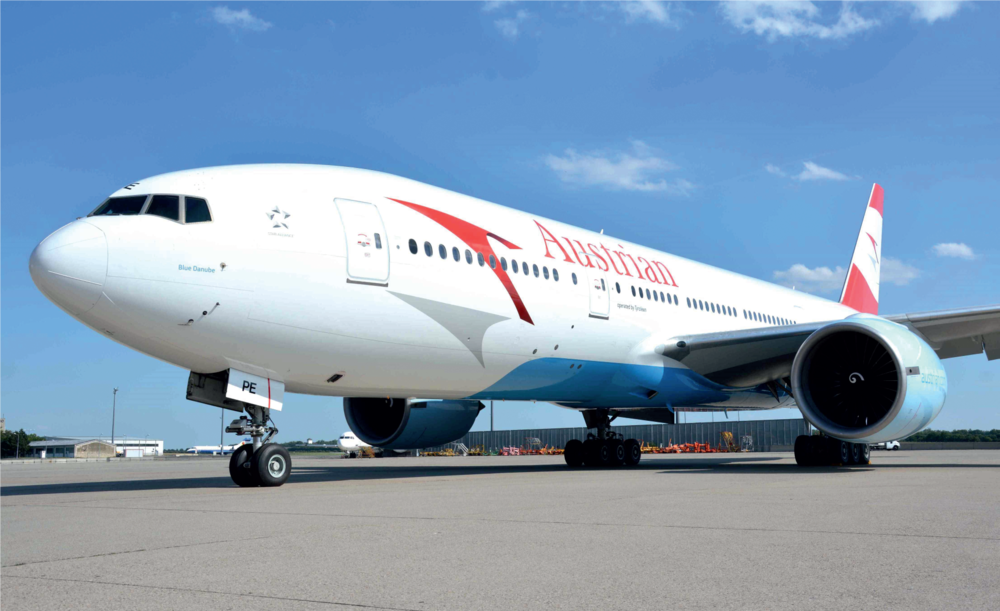
2010’s
In 2011, Austrian equipped its short- and medium-haul fleet with a new interior and new seats and Jaan Albrecht was appointed new CEO. The following year saw the harmonisation of the medium-haul fleet, where the Boeing 737 was replaced by the new Airbus A320. The new long-haul cabin with full flat business class seats was also presented.
In 2015, Austrian and Tyrolean Airways merged to form a single company under the new product name “myAustrian”, which further increased the focus on “red-white-red”. Shortly after the merger, Kay Kratky replaced Jaan Albrecht as CEO of Austrian Airlines.
In January 2016, the maiden flight of the first of 17 Embraer 195 jets took place, gradually replacing the 21 smaller Fokker aircraft. With the conversion and expansion of the fleet, the network was expanded to include new destinations such as Odessa, Menorca, Manchester, Miami, Colombo, Mauritius, Marrakech, Shanghai, Hong Kong, Isfahan, Cuba and most recently Los Angeles.
The introduction of FlyNet in 2017 made it possible for the first time to have Internet access on board of short-haul and medium-haul flights. The new Premium Economy travel class for the long-haul fleet was also presented in the same year. Austrian celebrated its 60th anniversary in 2018.
In summer 2018, Alexis von Hoensbroech succeeded Kay Kratky as CEO.
In sixty years, Austrian Airlines has successfully completed the transformation from a nationalised airline to a privately owned network carrier as part of an international airline group. Some things have changed during this time, but one thing has always stood: the Austrian touch at Austrian. This is the Danube waltz that is playing while boarding (72% of 2,500 passengers surveyed were in favour of retaining it), the greeting with a warm “Servus” or the Wiener Schnitzel in our on-board service.
In 2019, Austrian Airlines secured six additional A320 aircraft – the jets have replaced the turboprop aircraft.
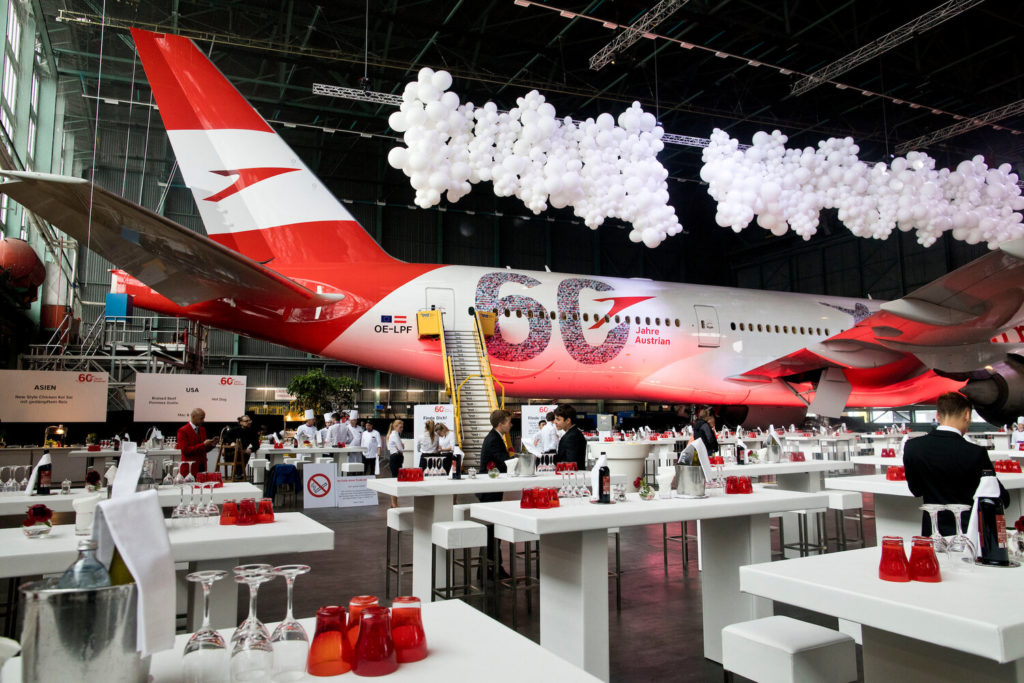
Photo: Michèle Pauty
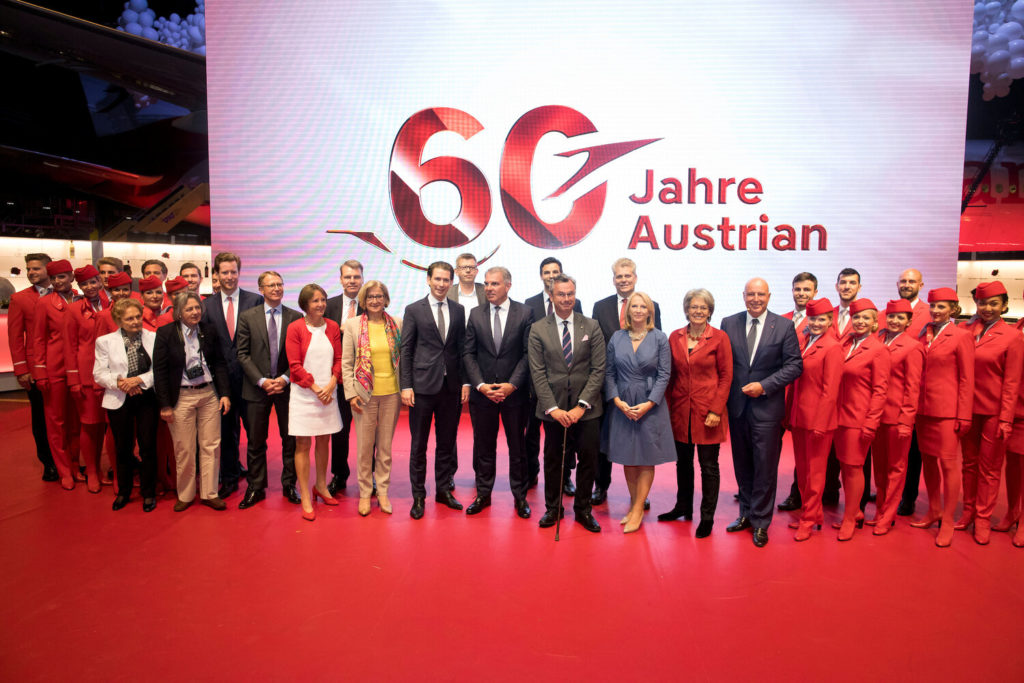
Photo: Michèle Pauty
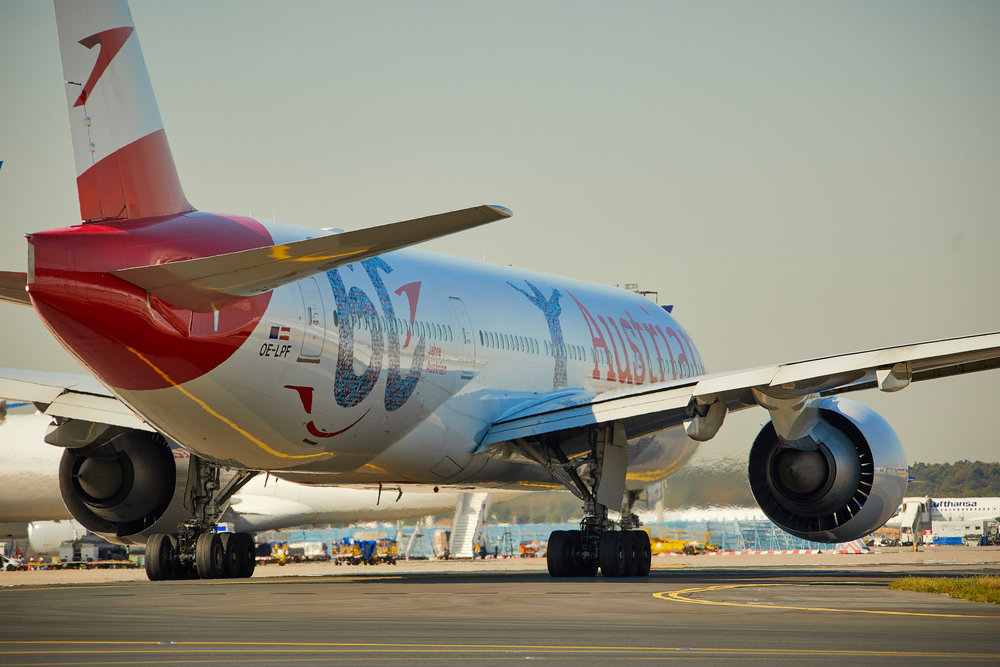
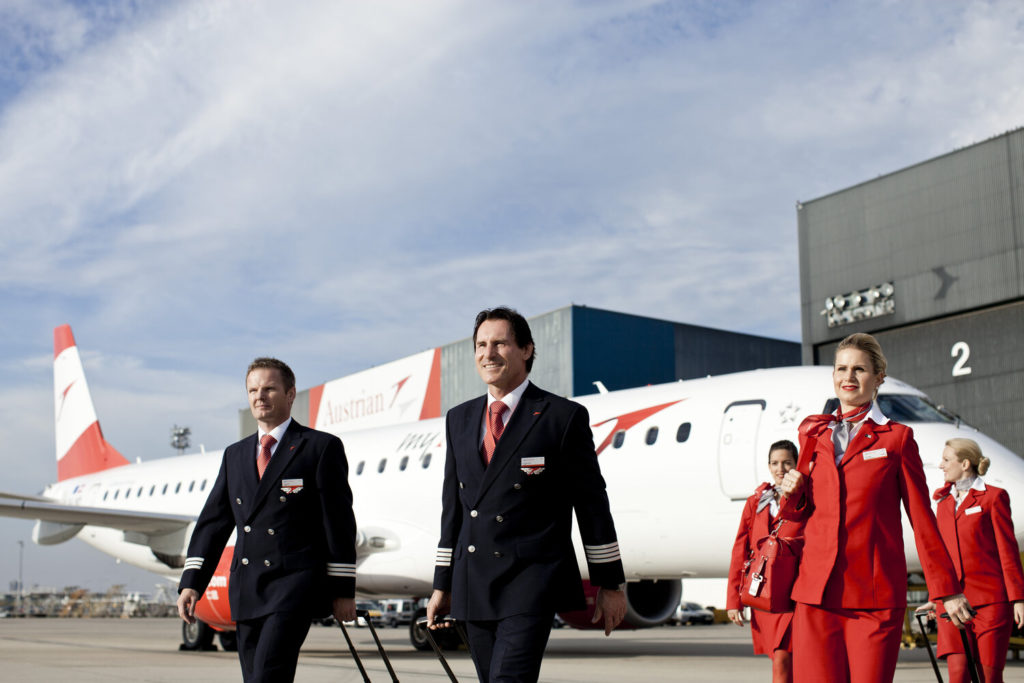
Photo: Michèle Pauty
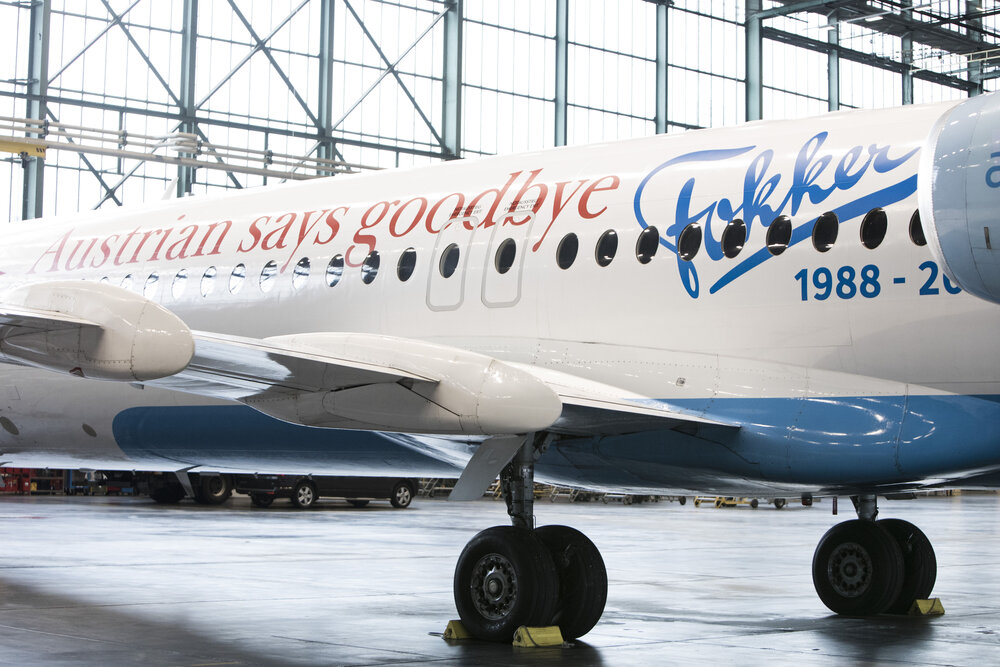
Photo: Michèle Pauty
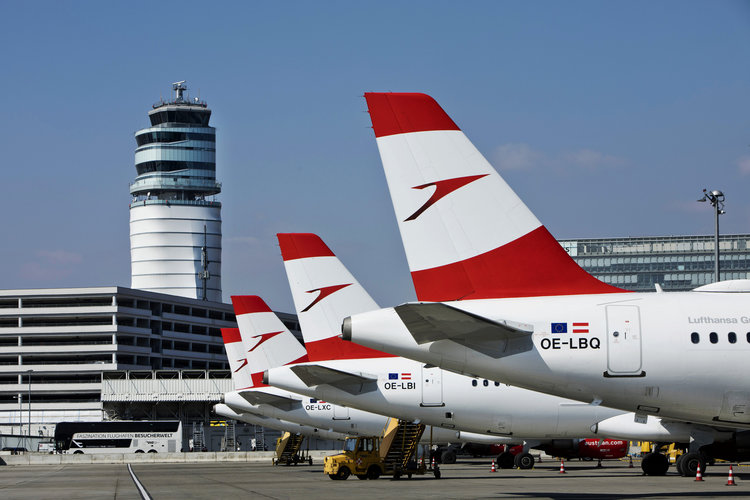
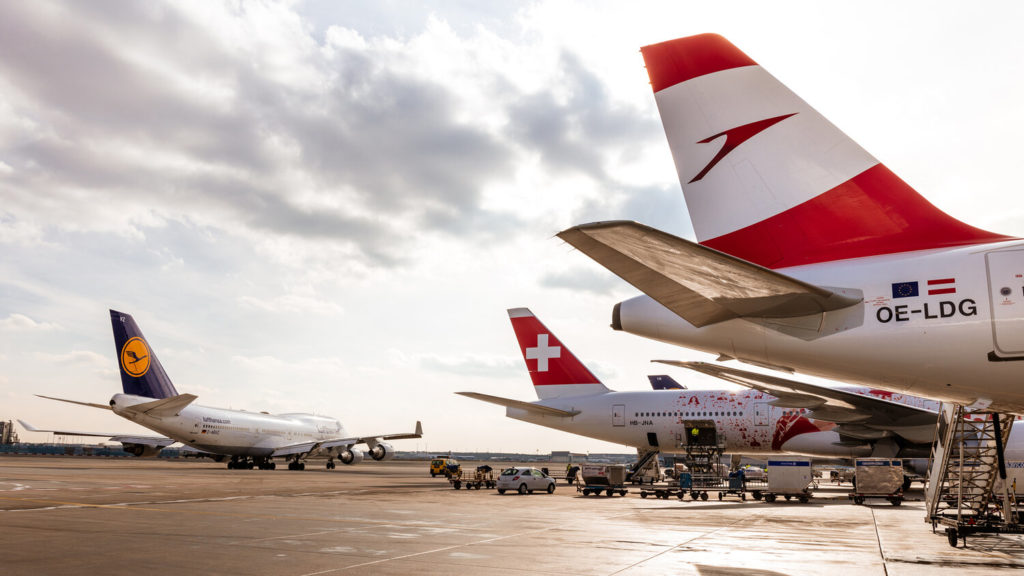
2020’s
Due to the Corona crisis, Austrian Airlines had to temporarily suspend flight operations on March 18, 2020 and resumed flight operations after a 90-day break on June 15, 2020. In order to secure the company’s continued existence, Austrian Airlines agreed on a Corona crisis contribution among the flight and ground staff and received Corona financial aid from the Federal Government and Lufthansa.
On January 1, 2021, Michael Trestl succeeded Andreas Otto as Chief Commercial Officer. On April 1, 2021, Francesco Sciortino succeeded Jens Ritter as Chief Operating Officer.
In spring 2021, Austrian Airlines launched the new “Austrian Melangerie” catering concept on European flights of up to three hours.
End of May, Austrian Airlines said goodbye to the last Dash turboprop aircraft. Now the Austrian Airlines fleet consists entirely of Airbus, Boeing and Embraer aircraft.
CEO Alexis von Hoensbroech left Austrian Airlines in December 2021. Annette Mann was nominated as CEO as of March 2022.
On the way to more climate-friendly air transport, the first of a total of four Airbus A320neo took off in October 2022. The new aircraft are more fuel efficient, quieter and more cost effective.
In 2024, Austrian Airlines will take off into a new era of flying with the start of the modernization and expansion of its long-haul fleet. Two new Dreamliners have already started their scheduled service. By 2028, a further nine Boeing 787-9 aircraft will gradually replace the entire red-white-red long-haul fleet.
Thanks to innovative and fuel-saving technology and a state-of-the-art cabin concept, the Dreamliners not only contribute to a reduced CO2 impact, but also offer guests an improved travel experience. In addition, Austrian Airlines is sending an important signal for Austria and the Vienna hub in international competition.